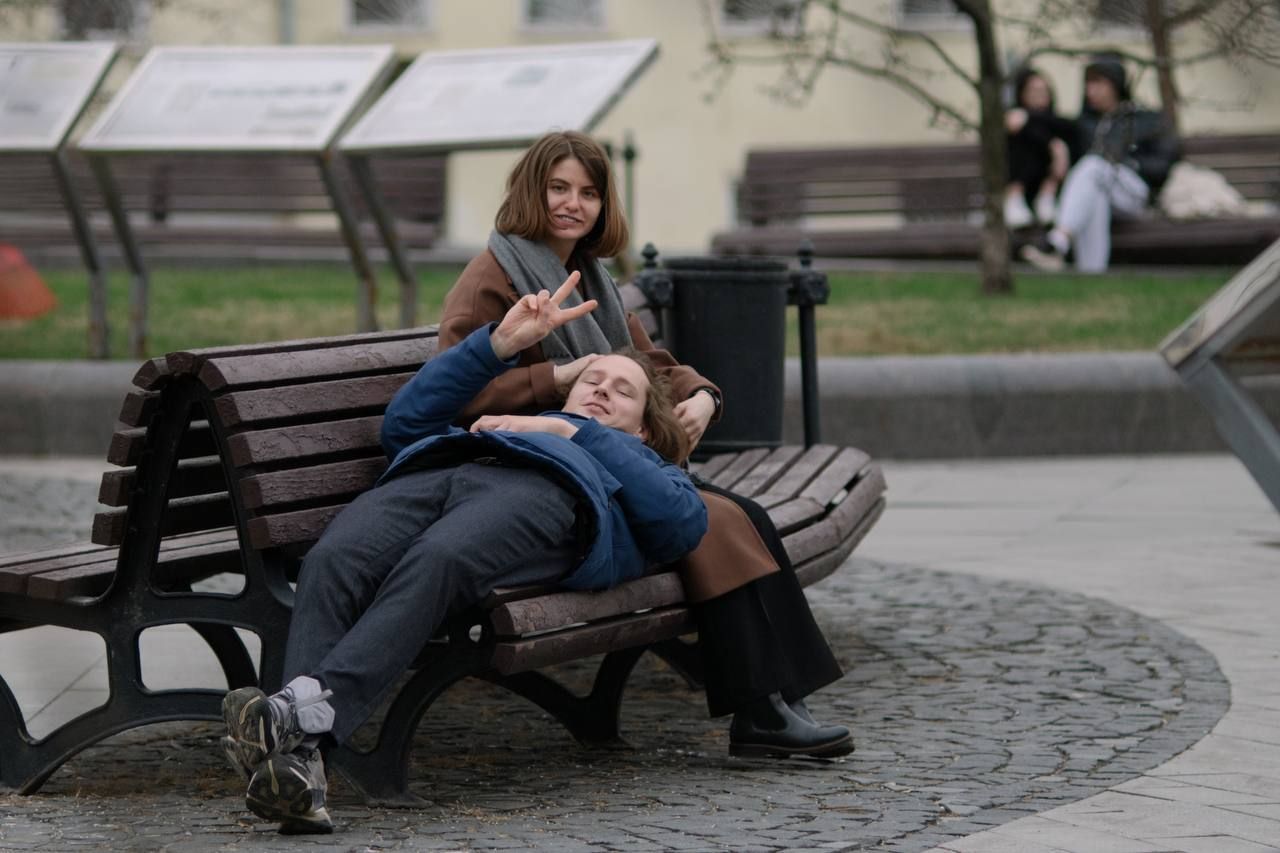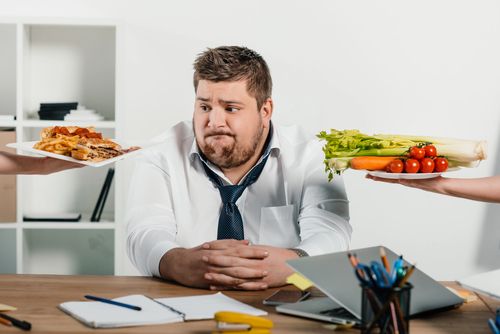The Love Cycle: Stages and Characteristics
-
Published:04 October 2024
-
Updated:09 January 2025

We are all curious about love and how long it lasts. Art, literature, and music exalt romantic love, "love-suffering," from which we later suffer because our inflated expectations do not match reality. There is no convincing scientific evidence about love, but there are theories that we will discuss today.
In 1988, American psychologist R. Sternberg devised a three-component model of love:
- Intimacy. Being intimate means providing and receiving emotional support for each other, communicating openly and honestly, sharing sorrows and joys, experiencing pleasure from being together, and cherishing one's partner.
- Passion. This is not just about the sexual component of relationships. Passion can be triggered by the need for self-respect, establishing relationships with others, dominating others, or, conversely, submissiveness, which can also be a more important source of passion.
- Decision/Commitment. This component consists of two parts. The short-term part is the decision that one person loves another, and the long-term part is the realization of the extent to which a person is ready to continue loving.
Sternberg presented his model as a triangle, where each side represents one of the components. This allows assessing the degree of partners' involvement in the relationship. Comparing the "love triangles" of partners can indicate the couple's compatibility. A high degree of coincidence indicates harmonious relationships. Significant differences may signal problems such as mismatched expectations or differences in interests.
Another well-known specialist, W. Masters, summarized data from various scientists and described the cycle of love. Let's consider the main stages that couples go through in love.
The First Stage - Readiness
A hidden phase consisting of several elements:
- Positive perception. Love is seen as a reward, not a nuisance. People who believe that romantic feelings make a person vulnerable or interfere with their career are unlikely to be open to love relationships. Those who see love as a way to develop their best qualities actively seek a partner.
- Desire for closeness. This is a desire for emotional connection due to loneliness, a desire to regain lost love, or envy of those already in relationships.
- Sexual dissatisfaction. Frustration contributes to the desire to enter into love relationships - casual sex does not bring complete satisfaction.
- Hope for reciprocity. An important element of readiness is the belief that feelings will be mutual.
Falling in Love and the Emergence of Feelings
Romantic love begins with the emergence of infatuation. This process can be different: from sudden love at first sight to the gradual development of feelings over months or years.
Love at first sight is rare. Most often, people fall in love gradually, studying their partner through meetings and dates, checking mutual sympathy and psychological compatibility. Physical intimacy helps to understand how sexually attractive a potential partner is.
Sometimes, infatuation grows out of friendship. Trust between friends creates an atmosphere where passion seems inappropriate, and love develops more calmly and steadily.
Unrequited Love
Infatuation can occur even if the object of passion does not reciprocate. In such cases, the person in love tries to find even the slightest signs of reciprocity. At this stage, the development of limerence is possible - a state in which a person is obsessed with thoughts about their loved one and is sure that only they can make them happy.
Transitional Stage - Relationship Testing Phase
The transition from infatuation to more mature love is an important stage. Passion fades, and initial excitement weakens. Partners begin to notice flaws that they previously did not notice or ignored. Boredom and irritation appear, which can lead to conflicts.
Frustration occurs when expectations do not match reality. For example, when partners realize that their problems have not disappeared or that the state of ecstasy cannot last forever.
Lovers may try to change each other or fight for leadership. If jealousy interferes in this process, the likelihood of conflicts increases. The main question that arises is: "Do we want to continue the relationship, or is it better to break up now?"
Love-Friendship - A New Stage of Relationships
If a couple overcomes the transitional stage, love transforms into a more mature love-friendship. This type is based on attachment, trust, and care for each other. It is less demanding and does not completely absorb a person.
Love-friendship is characteristic of long-term and reliable relationships (marriage). It allows partners to go about their business, raise children, relax with friends, and have hobbies. Unlike romantic love, which is built on fantasies and ideals, it relies on real values.
Relationship Breakup - How it Happens
When romantic love ends, relationships can become tense. Partners stop being "on the same wavelength," and emerging problems seem not worth the effort to solve them. A breakup can happen in different ways, but it is often painful, like losing a loved one.
In most cases, one partner leaves while the other is still experiencing feelings. The recovery process after a breakup begins with rage, a desire for revenge, or a decision to no longer enter into love relationships.
Readiness for a New Stage
After a breakup, people eventually become ready for new relationships again. Sometimes, the suffering experienced can create grounds for a refractory period - a time when a person is unable to fall in love again.
Conclusion
The love cycle is a natural process that most relationships go through. At each stage, couples face challenges that can either strengthen their relationship or lead to separation. Understanding the stages helps to better understand feelings and make informed decisions. If you feel that your relationship is "stuck," going nowhere, and not developing, it's time to address this issue with a family psychologist.
Masters, W. H., & Johnson, V. E. (1966). Human Sexual Response. Little, Brown and Company.
Tennov, D. (1979). Love and Limerence: The Experience of Being in Love. Stein and Day.
Sternberg, R. J. (1986). A triangular theory of love. Psychological Review, 93(2), 119–135.







.svg)
.svg)
